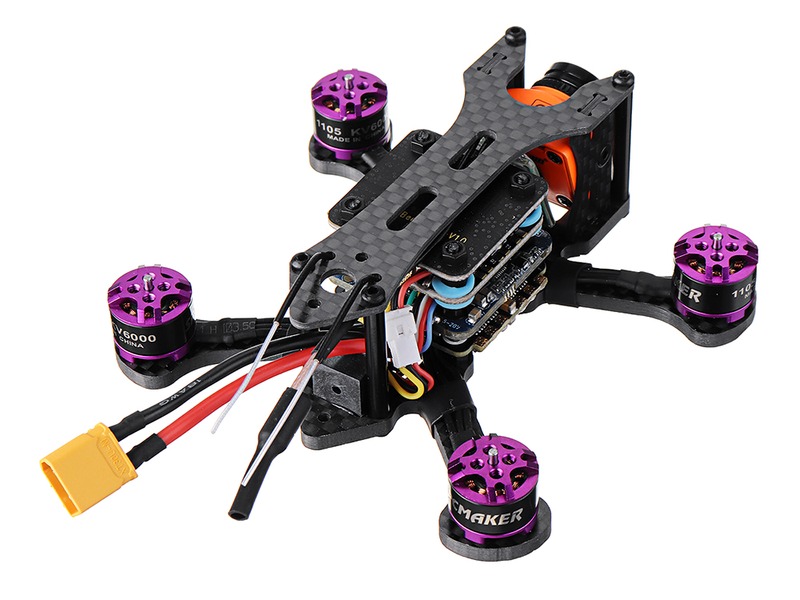HOW FAR CAN 2.4 GHz FPV go?

2.4GHz FPV (First Person View) is a type of radio frequency (RF) technology that is used for remote control applications, such as the control of model aircraft, drones, and ground-based vehicles. It is one of the most popular frequencies for remote control applications because it offers a good balance between range and speed.
The range of 2.4GHz FPV depends on a variety of factors, such as the type of antenna used, the power output of the transmitter, and the environment in which the signal is being transmitted. Generally, the higher the power output of the transmitter, the greater the range of the signal. Additionally, the type of antenna and its orientation can also affect the range of the signal.
In general, a 2.4GHz FPV signal can travel up to several miles, depending on the power output of the transmitter and the type of antenna used. For example, a powerful transmitter using a directional antenna can achieve a range of several miles, while a weaker transmitter using an omnidirectional antenna may only achieve a range of a few hundred meters.
In addition to the power output and antenna type, the environment in which the signal is being transmitted can also affect the range of the signal. For example, a signal may travel further over open, flat terrain than it would over dense vegetation or rugged terrain. Additionally, the presence of obstacles such as buildings, trees, or mountains can reduce the range of the signal.
Finally, it is important to note that the range of 2.4GHz FPV is also affected by the frequency at which the signal is being transmitted. The higher the frequency, the shorter the range of the signal, while the lower the frequency, the longer the range of the signal. For example, a signal transmitted at 2.4GHz will typically have a shorter range than a signal transmitted at 2.3GHz.
In conclusion, the range of a 2.4GHz FPV signal can vary greatly depending on the power output of the transmitter, the type of antenna used, and the environment in which the signal is being transmitted. Generally, a powerful transmitter using a directional antenna can achieve a range of several miles, while a weaker transmitter using an omnidirectional antenna may only achieve a range of a few hundred meters. Additionally, the frequency at which the signal is being transmitted can also affect the range of the signal.
Comments / Question
2. Lower the Signal Frequency: Lowering the signal frequency of your FPV system will increase its range. You can decrease the signal frequency by using a codec with a lower frequency range.
3. Reduce Interference: Interference from other devices can greatly reduce the range of your FPV system. To reduce interference, move your FPV system away from other devices or use a frequency filter.
4. Increase the Transmitter Power: Increasing the transmitter power of your FPV system will increase its range. You can do this by purchasing a higher wattage transmitter or using an amplifier.
2. Transmitter power: The power output of the transmitter is another factor that affects the range of a 2.4 GHz FPV system. Higher power output will result in greater range.
3. Environment: The environment in which the system is operating can also affect the range of a 2.4 GHz FPV system. For example, obstacles such as buildings, trees, and other objects can block or reduce the signal, resulting in a shorter range.
4. Receiver sensitivity: The sensitivity of the receiver is also a factor that affects the range of a 2.4 GHz FPV system. Higher sensitivity receivers can pick up weaker signals, resulting in greater range.

